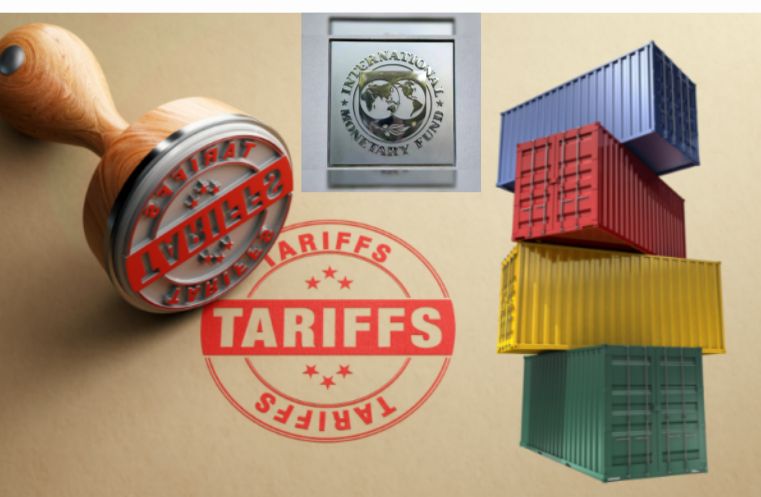ISLAMABAD:
Pakistan and the International Monetary Fund (IMF) have reached a final agreement on a major tariff reduction plan, aiming to increase trade competitiveness and attract foreign investment. The deal will lower the weighted average applied tariff from 10.6% to 6% by 2030, marking a 43% decrease in import duties for local industries.
Currently, Pakistan imposes one of the highest trade-weighted tariffs in South Asia. However, after these reforms, the country will have the lowest tariff rate in the region. Officials finalized these adjustments during a virtual meeting on Thursday.
Also Read : What's Going On With Tesla? Latest Updates & Market Insights
Key Tariff Reductions and Implementation Plan
Starting in July 2025, the government will begin reducing tariffs through two major policies:
-
National Tariff Policy (NTP): This policy will gradually reduce tariffs to 7.4% by 2030.
-
Auto Industry Development and Export Policy (AIDEP) 2026-30: This initiative will further cut automobile sector tariffs, ensuring the 6% target is met.
Major Reforms and Their Impact
To boost trade and investment, the government has committed to the following critical reforms:
-
Elimination of Additional Customs Duties:
-
The 7% additional customs duty on select goods will end in July 2025.
-
The 2% duty on zero-tariff slabs will be abolished immediately.
-
The 2% duty on the 3% tariff slab will decrease to 1% in 2026 and disappear by 2027.
-
The 4% duty on the 16% tariff slab will drop to 3% in 2026 and be removed by 2030.
-
The 6% duty on the 20% tariff slab will phase out starting in 2026 and disappear by 2030.
-
-
Reduction of Regulatory Duties:
-
Tariffs currently set between 55% and 90% will fall to 48.5%–80% in the first year.
-
By 2030, these duties will drop to 26.5%–44%.
-
-
Automobile Sector Reforms:
-
The maximum import tariff for vehicles will be capped at 20% by 2030.
-
Additional customs and regulatory duties will be eliminated to make vehicles more affordable.
-
Also Read : Binance Futures to List Six New Projects with Up to 25x Leverage
Government’s Commitment and IMF’s Position
While the IMF initially pushed for a 5% tariff reduction, Pakistan successfully negotiated a 6% target. The government will finalize the new policy before June 2025 and include the changes in the fiscal year 2025-26 budget.
Additionally, authorities have assured the IMF that no new regulatory duties will be imposed unless absolutely necessary. If introduced, they will include a fixed expiration period to prevent long-term trade restrictions.
Economic Impact and Future Outlook
The tariff cuts will have a significant impact on the economy:
-
Exports may rise to $47 billion by 2030, while imports could increase to $84 billion.
-
The economy is projected to grow by 4.6%, driven by higher investment and enhanced competitiveness.
-
Discussions are ongoing regarding energy sector tariffs (Customs Chapter 27). The IMF has urged Pakistan to adjust import tariffs on petroleum products, but government officials clarified that price adjustments occur through petroleum levies.
Bloom Insight
Pakistan’s tariff reform strategy signals a major shift toward economic liberalization. While reducing protection for local industries, the policy aims to boost exports, attract foreign investment, and lower consumer prices. Further details will be included in the upcoming federal budget.
